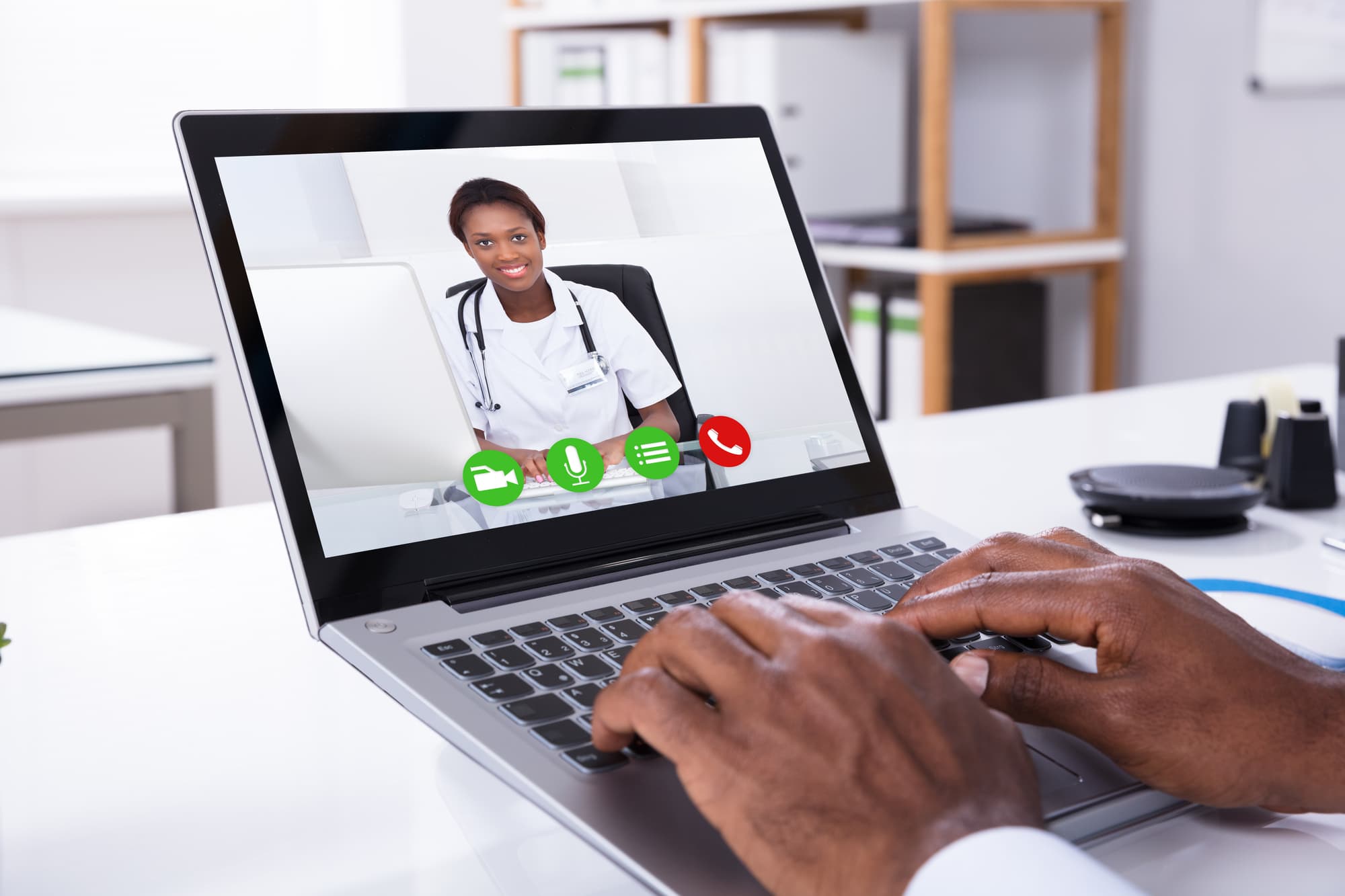A recent Executive Order is aimed at expanding telehealth options in rural areas.
Just months ago, telehealth was a sideline of many medical practice groups. With the onset of the COVID-19 pandemic, telehealth services took center stage as in-person care became dangerous for patient and provider. Recent statistics show 0.1 percent of Medicare primary care visits were conducted by telehealth in February, 2020. By April, 43 percent of Medicare primary care visits were conducted remotely.
As hospital and care centers closed shop on elective and non-emergency procedures, many practices and their patients turned to remote care for advice and assessment. In August of this year, President Trump signed an Executive Order focused on healthcare consumers who live in rural areas.
Points addressed by the Order include:
- Approximately 57 million people live in rural areas that are under-served by medical facilities, primary care physicians, and specialists. Because of these limitations, those living in rural area lack access to quality care and are more likely to suffer from heart disease, chronic respiratory illnesses, and cancer.
- Across the country, telehealth visits jumped as the country locked down as a result of the pandemic. With staged reopenings across the country, telehealth visits have remained high, even as physicians’ offices have resumed scheduling visits. The ongoing high rate of remote healthcare could be an indicator that telehealth is here to stay.
- To improve access to healthcare and acknowledge the continued use of telehealth, the Order directs the Department of Health and Human Services (HHS) to develop new payment models and reduce regulatory restrictions that make telehealth either unaffordable or unavailable in rural settings.
- The Order directs agencies involved in the delivery of care to develop plans to build out communications infrastructure, as well as provide direction on addressing maternal health care and improving mental health services.
In a short period of time, telehealth has come become a primary mode of delivery in many healthcare practices. Bundled with healthcare portals, and electronic health records, telehealth offers improved access and convenience for more than just rural populations.
Yet beneath the rush to offer desperately needed healthcare during a pandemic remain questions about the types of healthcare services that can be offered remotely and those that cannot. Serious concerns remain about illnesses and conditions that could be misdiagnosed via telehealth and what types of medical errors will inevitably occur as this new delivery mode becomes more prevalent across the country.
With or without this Executive Order, it is unlikely that the United States will turn back from telehealth. If you or a family member suffer serious medical injury or error due to remote or other type of healthcare service, speak with our experienced legal team about your circumstances.
Experienced injury lawyers fight for compensation on your behalf in Baltimore and Washington, DC
Serving injured patients around the country from offices in Baltimore, Maryland, and Washington, D.C., Schochor, Staton, Goldberg, and Cardea, P.A. is a highly reputable medical malpractice law firm working on behalf of clients injured by mistake or negligence. Call 410-234-1000 or contact us today to schedule a free consultation to discuss your injury.













